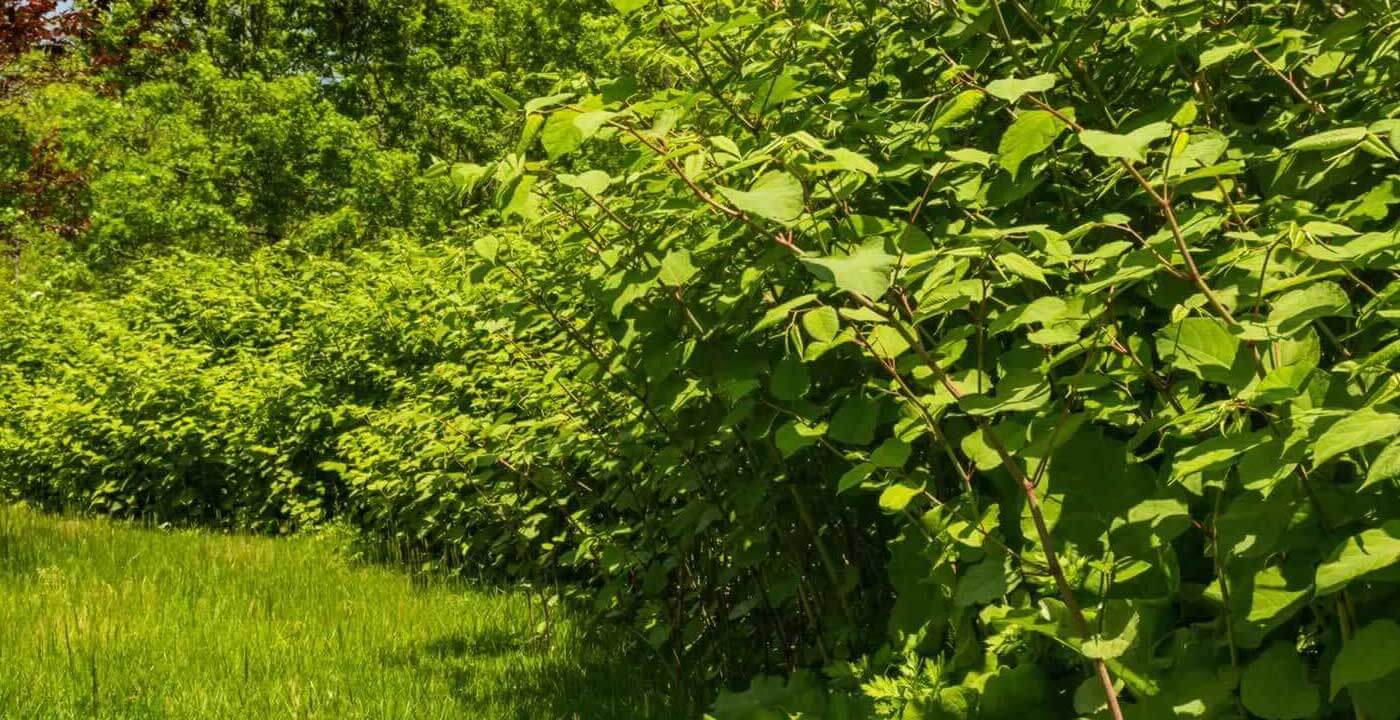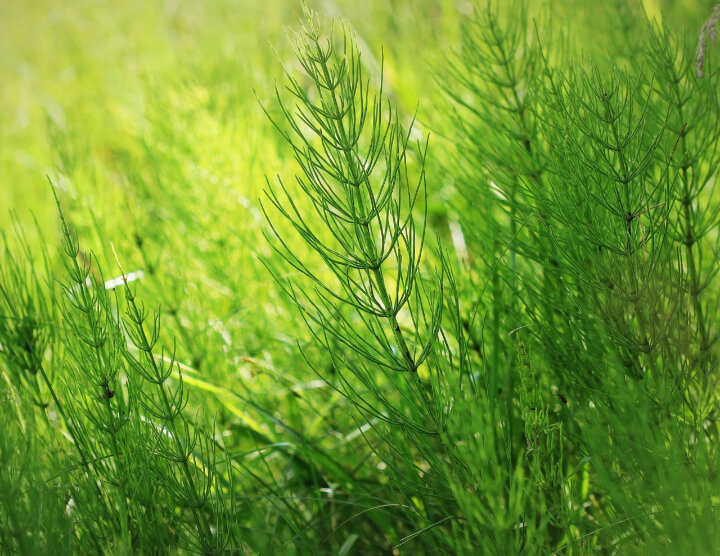Invasive Plant Removal
Invasive Weed Specialists


Giant Hogweed Removal
A danger to humans, giant hogweed is a large flowering plant that has leaves up to a metre and a half wide. If the sap of this plant comes into contact with your skin, it irritates and burns.
If you have this invasive plant species on your property and wish to remove it yourself, then it is best to do it after sunset to reduce the severity of any burns. However, we would always recommend that you approach a specialist team such as Japanese Knotweed Specialists to remove it, as we are equipped to deal with dangerous plants using specialist PPE.
Himalayan Balsam Removal
Not native to the UK, Himalayan balsam is largely found on riversides and spreads via densely packed seed pods. One singular plant can produce up to 2,500 seeds in one season, and when the plant is densely populated, can spread upwards of 5,000 seeds per square metre.
Removal of balsam must be done over a period of years for riverbank-side plants, as the risk of seeds floating downstream and re-populating needs to be accounted for. Balsam can also be removed in a river-wide strategy to ensure that any spread is contained and cannot spread any further.


Bamboo Removal
Bamboo comes in two kinds: running and clumping. Running is considered the more invasive kind as it can spread up to 30ft in height very quickly, and like knotweed, can creep through gaps in a house’s foundation.
Requiring extensive excavation to permanently remove it and guarantee that removal, bamboo is potentially becoming as big of a threat as knotweed.
Horsetail Removal
Coated with a waxy seal, horsetail is a pain to remove, as traditional weedkillers that are obtained from garden centres slip off or aren’t as effective.
The only permanent solution to remove horsetail is through excavation. However, horsetail roots extend over 2m in depth, making them incredibly tricky to eradicate without due care and attention.


Buddleja Davidii (Butterfly Bush) Removal
The issue with the buddleja, or butterfly bush, is the seed bank. As the plant can grow over 5m tall, the spread of seed is vast, and can impact not only your land, but the surrounding land of others.
Removing it as early as possible after identification ensures the safe eradication of your butterfly bush and its permanent removal.
Ragwort Removal
Covered under the Ragwort Control Act of 2003, ragwort has restrictions around its growth, particularly in areas that are in use for horses, livestock and forage production. If you are planning to convert land to grazing, for example, you will need to ensure it is ragwort-free and there is no ragwort present within 50-100m.
Disposal of ragwort is regulated as when dried out, it is still toxic. This means it must be disposed of by an expert.

Receive No-Obligation Identification
If you are unsure of what the plant in your garden or grounds is, email us a photo and we can provide no-obligation identification of the species. As many of the above species have similar lookalikes, knowing for sure what kind of plant you have can be difficult without an expert eye.
Or alternatively, speak to us today to discover how we can help manage and eradicate your invasive plant problem.
